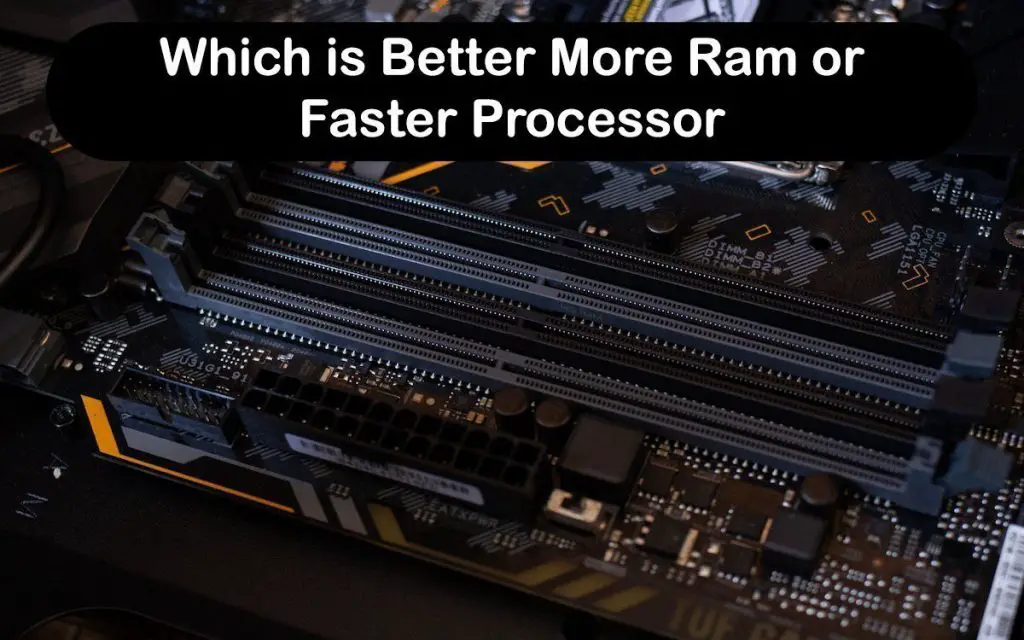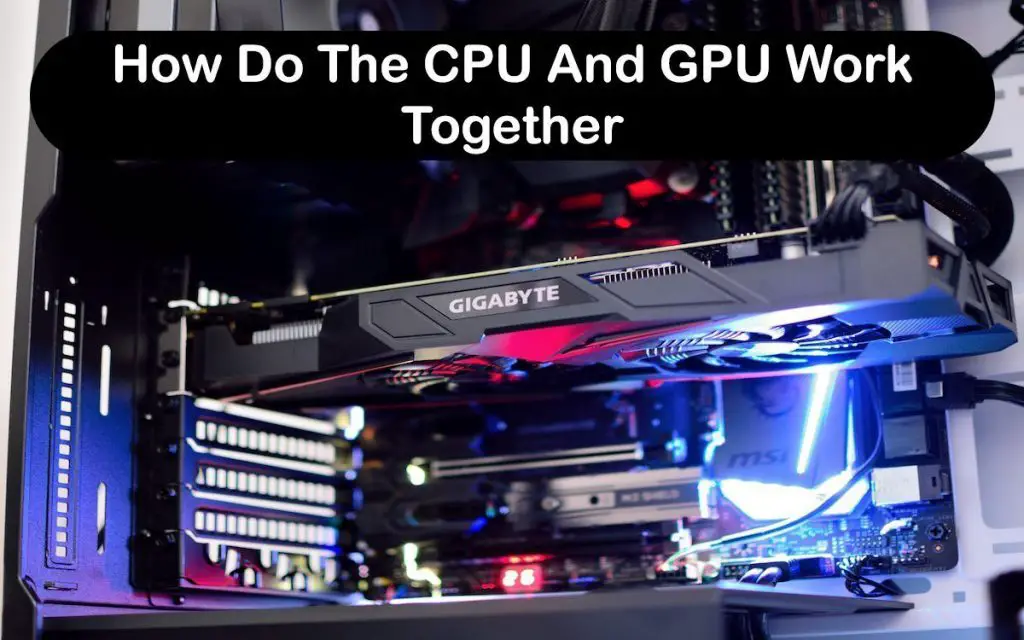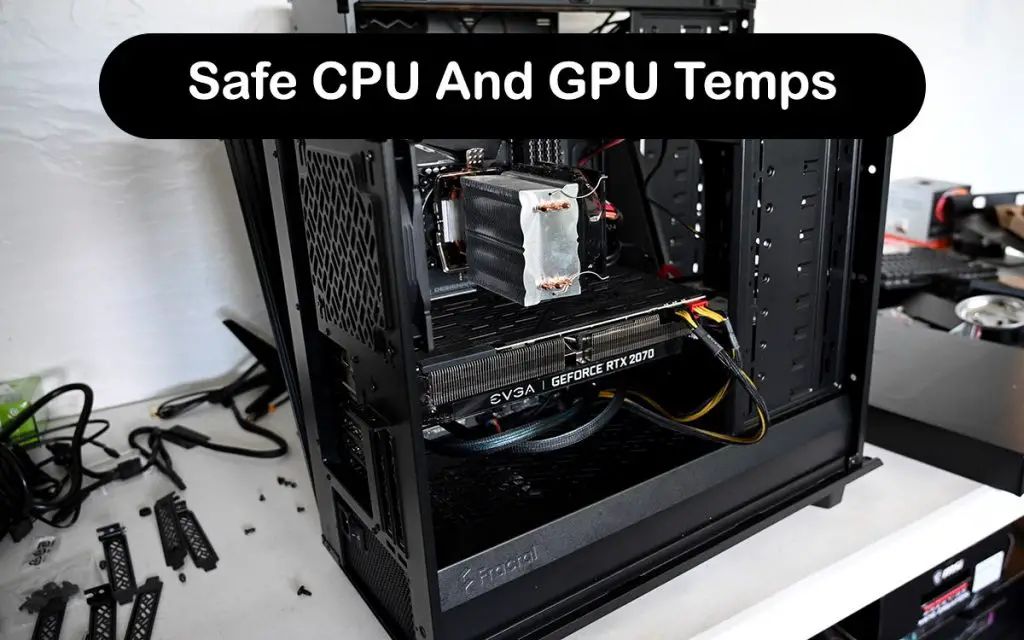An APU is short for “accelerated processing unit“. You can probably see from the name that it is similar to a CPU, or “central processing unit“, but GPU stands for “graphical processing unit”. So, what is the difference between APU and GPU?
An APU is essentially a CPU that is fitted into a socket the same way, but it also has GPU cores in addition to the regular processing cores. This means that you get a two-in-one product that can often cost much less than the two products combined. It is important to note that the term “APU” is used by AMD. AMD has developed the technology largely thanks to their dominance in the gaming console market. Both the Xbox One and PlayStation 4 use an AMD APU.
But what is the difference between APU and GPU in terms of performance? If the price is taken into consideration, an APU can be an amazing value, but it will be outperformed by most low-end dedicated graphics cards with GPUs. Nonetheless, APUs deserve a place on the market, especially for budget gaming and building cheap computers for non-tech enthusiasts.
What is the difference between APU and GPU? What about CPUs? Will APUs replace GPUs in the future? What can you expect from an APU in games? You will learn the answers to all these questions and more by reading the rest of the article.
What Is APU, CPU, and GPU?
The CPU is the central processing unit that sits on your motherboard. All data has to be processed through it. It is the beating heart of your system. It tells the RAM to load data from the SSD or HDD, it fetches the data into its cache from the RAM, it sends tasks to the GPU, it manages the input and output, and so on. Everything you do and see on your computer has been processed by the CPU at some point.
A CPU is made up of millions of tiny transistors that switch electronic signals to do millions of calculations every second. A modern CPU has typically four to sixteen cores, but the number can be larger or smaller. The CPU can do a lot of different tasks very quickly, depending on the clock speed, transistor count, and architecture, but it is limited to only a few tasks at a time. The number of concurrent tasks depends on the number of cores and threads.
A GPU, on the other hand, has hundreds of tiny cores. This means that it can do many tasks quickly. In other words, it is used for graphics (as the name suggests) as well as AI simulations and some other tasks that can make use of the way it works. A GPU has to render high-resolution images and videos very quickly.
The GPU typically sits on a dedicated graphics card, which is almost like a tiny motherboard on your actual motherboard. It has its own volatile memory called VRAM and its own cooling solution that has nothing to do with the CPU. The GPU, or graphics card, is responsible for the majority of your in-game performance because of how graphically-intensive modern AAA games are. Then what is the difference between APU and GPU?
The APU is essentially a combination of the CPU and the GPU. The term “APU” is only used on the AMD side, but Intel has CPUs with an integrated GPU as well. While almost all modern Intel CPUs have integrated graphics, they are still far behind AMD’s new Radeon Vega graphics found inside Ryzen APUs. You can recognize an AMD APU by its name because it has the letter “G” inside the name (e.g. Ryzen 3 3200G).
What is the difference between APU and GPU in terms of performance? While a dedicated graphics card will usually perform much better than an APU, thanks to several factors, the APU has a place in the market. The APU has to fetch data from the slower system RAM and it has to share it with the CPU. What is the difference between APU and GPU in terms of power limitations?
It is also severely limited by its tiny size and power and cooling limitations. An APU has only one cooler and uses only around 30-100 W, whereas a dedicated graphics card can use up to 350 W alone. This is an important consideration when building a computer and it also means that an APU will use less power.
Will APU replace GPU?
Currently, an APU can work by itself. It does not need a graphics card to be fully functional. It can output data via the motherboard’s video ports, which is usually an HDMI port. For non-gamers and non-tech enthusiasts, an APU will do its job just fine. While both the PlayStation 4 and Xbox One used an AMD APU, the new-generation PlayStation 5 and Xbox Series X will have AMD’s new dedicated RDNA 2 GPUs.
If anything, we see a step away from APUs replacing GPUs in the last few years. And most tech enthusiasts believe that this trend will continue for a long time. The way we currently understand how computers work means that the need for a dedicated graphics card will not disappear any time soon. Time will tell if APUs will fully replace GPUs, but an educated guess would be that they will continue to exist concurrently for a long time.
What is the difference between APU and GPU that works with a CPU? APUs can be an amazing replacement for a CPU+GPU combination because of the much cheaper price, lower power usage, convenience, and heat output. People who do not play any games or do graphically intensive work will find an APU to be the better choice, especially if they are buying a laptop. An APU will consume much less battery, even if you plan to do some light gaming on it.
Can an APU Work With a GPU?
Yes, an APU can work with a GPU just fine. All you have to do is plug in a dedicated graphics card and plug the cable out of the motherboard and into the graphics card. It should work without any issues by default, though you might have to switch the graphic output from APU to GPU in the motherboard BIOS.
In most cases, you won’t sacrifice much by going down this route, but it might be better to buy a CPU instead of an APU in the first place if you already have a dedicated graphics card. This is because some APUs will limit the x16 PCIe to only x8. This can impact your graphics card performance, especially if it is a high-end graphics card.
Also, you might sacrifice some performance by running an APU instead of an equivalent CPU. This is because APUs usually cost a bit more because of the dedicated graphics processing cores.
The only upside to using an APU with a GPU is the convenience. You can plug out your graphics card, sell it, and buy a new one without ever having to worry about using your computer. This can be a great advantage, especially if you are building your first computer and don’t have enough money at the moment. You can buy a decent APU and do some light gaming while saving up for a dedicated graphics card. You won’t lose a lot of performance or value by doing so.
Is AMD APU Good for Gaming?
AMD APUs are renowned for their gaming performance. The Ryzen 3 3200G and Ryzen 5 3400G both have great Radeon Vega graphics that can do some light gaming on 1080p. Also, they can be easily overclocked to unlock even more performance. The price-to-performance ratio is amazing with these APUs. You can play all eSports titles as well as most AAA titles on these two APUs. Expect to see around 55 FPS on the Ryzen 5 3400G in games like Devil May Cry 5.
However, something like an Athlon 3000G is not designed for gaming. Nonetheless, it can do some light gaming, especially if you give it a decent overclock. This is surprising because the chip is under $70. Expect to see something around 30 FPS in Grand Theft Auto V at low settings, 1080p. Adding a graphics card to all of these APUs would certainly boost the in-game performance a lot, but it is not essential.
Conclusion
So, what is the difference between APU and GPU? The GPU is usually found on a dedicated graphics card and it has excellent performance when rendering games and videos. An APU is a combination of a CPU and GPU that can be an amazing and cost-effective solution. APUs are marketed towards non-enthusiasts and budget-oriented gamers.
What is the difference between APU and GPU in games? The graphics card will always do a better job, but you can’t beat an APU for the price. You have to spend quite a bit more money to get a graphics card and CPU combination that will beat an APU in gaming. You can expect to see playable FPS in almost all modern games at low settings and 1080p or lower.





